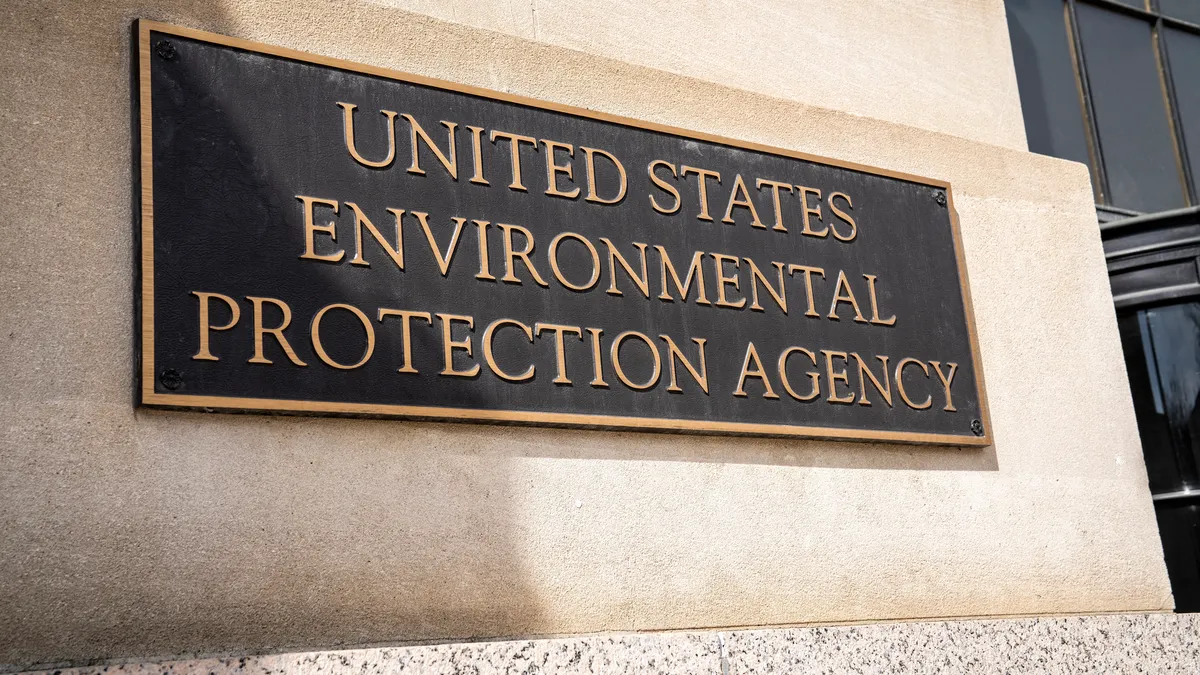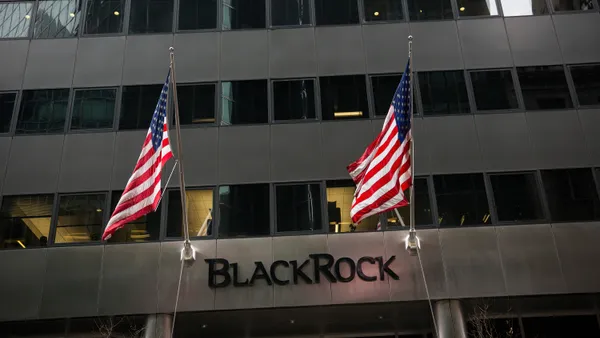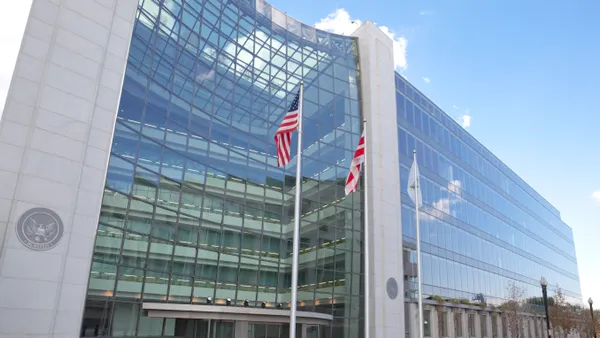As part of a slew of regulatory announcements made by the U.S. Environmental Protection Agency earlier this month, EPA Administrator Lee Zeldin announced that the agency would review the definition of “Waters of the United States” in the Clean Water Act.
The goal of this revision is to lower permitting costs for developers that want to build on land covered by these rules, according to the EPA’s announcement.
“We want clean water for all Americans supported by clear and consistent rules for all states, farmers, and small businesses,” Zeldin said in the March 12 news release. The administrator claimed that the Biden administration’s WOTUS definition drove up the cost of doing business.
Multifamily organizations, including the National Apartment Association, applauded the announcement, given the impact of regulations and their associated costs on housing development.
“Boosting the nation’s housing supply has simply never been more important than it is today, especially as multifamily permits and starts are dropping across the country,” Nicole Upano, assistant vice president of housing policy and regulatory affairs for the NAA, told ESG Dive sister publication Multifamily Dive.
The National Multifamily Housing Council also lauded the news.
“This issue has long been an unnecessary barrier to new development and we are optimistic that EPA’s work will increase certainty for property owners and decrease compliance costs – ultimately lowering housing costs for rental housing providers and residents,” Colin Dunn, NMHC vice president of public affairs and communications, told Multifamily Dive.
Any body of water defined under WOTUS is subject to protection from pollution under the CWA. The most recent finalized edition of this rule was released by the EPA and the U.S. Army Corps of Engineers in 2023.
The EPA intends to revise the definition to align with the Supreme Court’s decision in Sackett v. Environmental Protection Agency in May 2023. The court’s opinion stated that the CWA’s use of the term “waters” only refers to permanent, standing or continuously flowing bodies of water forming streams, oceans, rivers and lakes, and that wetlands would only be covered if they had a continuous surface connection to otherwise protected bodies of water.
Many housing organizations have recently asked Congress and the White House to review and revise a number of regulations affecting the industry, including the Clean Water Act and WOTUS definition.
The National Association of Home Builders testified before the Senate Committee on Environment & Public Works on Feb. 25 about the impact of environmental regulations on permitting and housing costs. Shortly afterward, the National Apartment Association and National Multifamily Housing Council asked federal agencies to reconsider a number of rules and regulations, including guidance on the Clean Water Act.
Zeldin announced the EPA would review how WOTUS is defined in the Clean Water Act the same day the agency said it was revisiting dozens of climate and environmental rules in a “day of deregulation.” The EPA unveiled on March 12 it was taking 31 actions across the agency, potentially clearing away or limiting rules that affect the permitting and operation of thousands of industrial facilities across the country.
The EPA’s deregulation agenda included revisiting the Greenhouse Gas Reporting Program, which requires reporting from a range of industrial facilities that emit significant climate pollutants. Additionally, the agency said it would shut down its environmental justice and diversity, equity, and inclusion arms of the agency.
“We are driving a dagger straight into the heart of the climate change religion to drive down cost of living for American families, unleash American energy, bring auto jobs back to the U.S. and more,” Zeldin said in a statement at the time.













